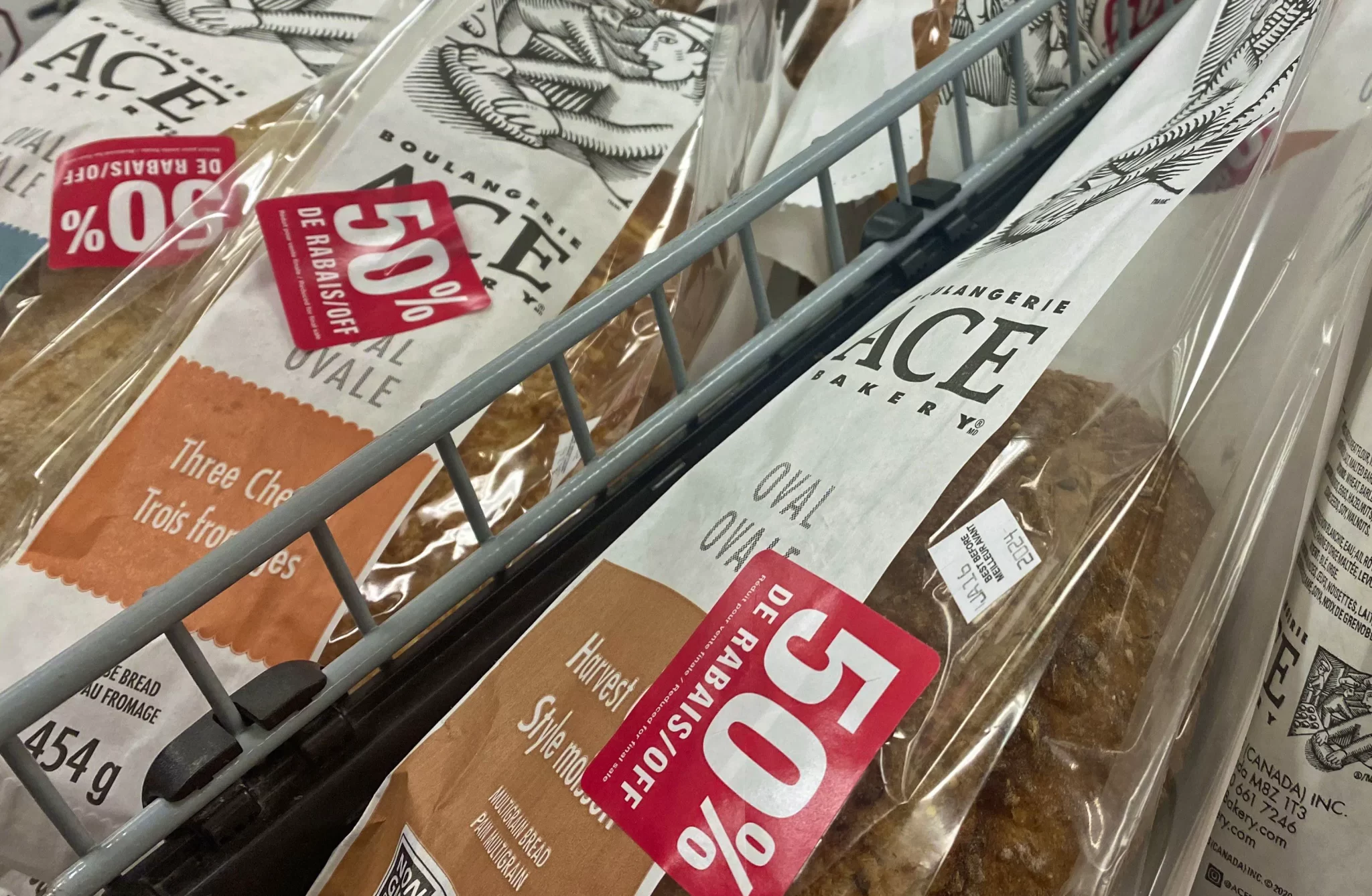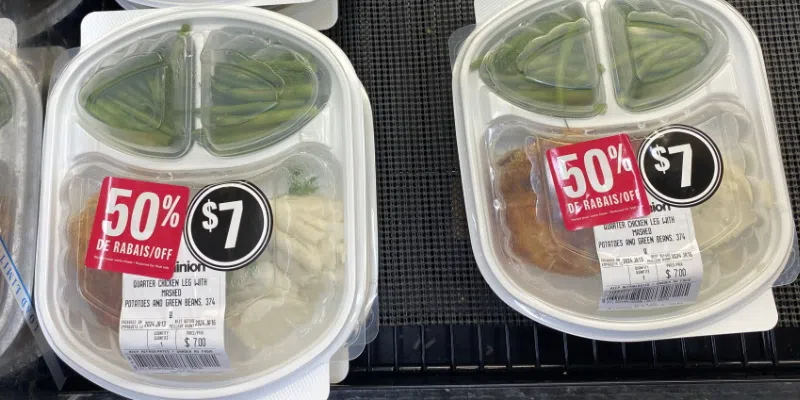Loblaw Cos. Ltd. has decided to reverse its recent decision to reduce discounts on grocery items approaching their best-before date.

Spokeswoman Catherine Thomas confirmed on Friday afternoon that, following feedback from customers and colleagues, Loblaw is returning to its previous discounting practice. Last-day sale items will once again be marked down by 30 to 50 percent, with the reintroduction of the familiar 50 percent stickers expected in the coming weeks. The reversal happened after Loblaw, Canada’s largest grocer, faced public criticism for its earlier decision to uniformly mark down all last-day sale items by 30 percent.
This move aimed to provide more predictability and consistency but drew attention from NDP MP Alistair MacGregor, who called for an investigation into potential anti-competitive practices. Loblaw had suggested that the discount change was to align with competitors, a claim that sparked concerns.
However, the actions of Loblaw were supported by the Retail Council of Canada and competition expert Michael Osborne, who pointed out that price-matching and discount-matching are widely accepted practices in the industry. According to J.C. Williams Group retail analyst Lisa Hutcheson, Loblaw’s decision to align itself with competitors was a response to the increasing demand for discounted food. Hutcheson further clarified that retailers determine markdowns based on the sales performance of items. Metro, a prominent grocer, had reportedly shared with The Canadian Press earlier in the week that it has been consistently reducing prices of items approaching their best-before date by up to 30 percent for over 20 years.

The recent decision by Loblaw and other major grocers to modify their discount practices has drawn greater attention from both the public and the government, particularly in light of the ongoing challenge Canadians face with continuously increasing food prices. Although there has been a slight decrease in inflation and food inflation from their peak levels, the overall inflation rate in December was reported at 3.4 percent year over year, with grocery prices experiencing a 4.7 percent inflation rate.
Due to the increasing cost of living, many consumers are opting to shop at discount grocery stores, which are often associated with well-known grocers like Loblaw’s No Frills. These discount stores have been expanding their presence to accommodate the rising demand for affordable food options. The recent changes in Loblaw’s discount policy exemplify how the grocery industry is influenced by a combination of market dynamics, consumer preferences, and economic factors.


